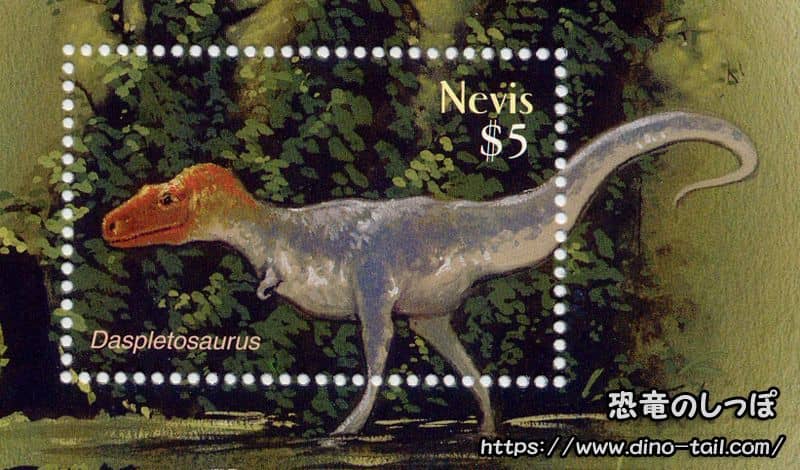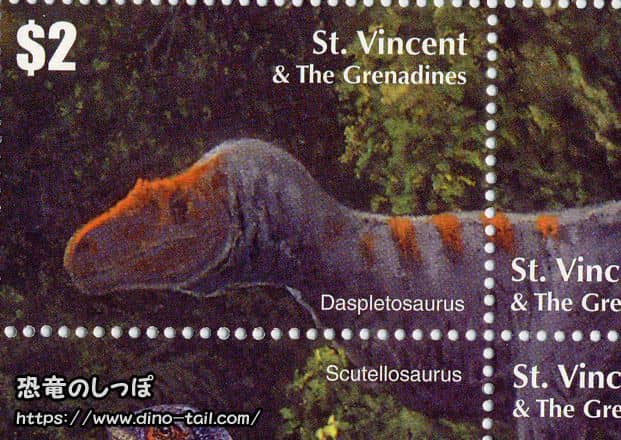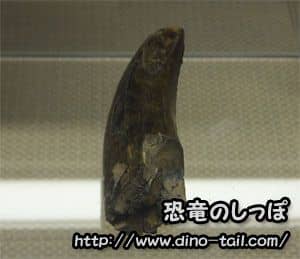About Daspletosaurus
| Scientific Name (Genus) | Daspletosaurus |
| Meaning of Name |
Frightful lizard
dasplētos (frightful) [Greek] - saurus (lizard) [Greek] |
| Classification | Saurischia, Theropoda (Tetanurae) |
| Total Length | Approx. 9m |
| Diet | Carnivorous |
| Period | Late Cretaceous |
| Species | Daspletosaurus torosus |
| Year of Paper Publication | 1970 |
| Genus Name Publication | Russell, Dale A. (1970). Tyrannosaurs from the Late Cretaceous of western Canada. National Museum of Natural Sciences Publications in Paleontology, 1. |
Characteristics
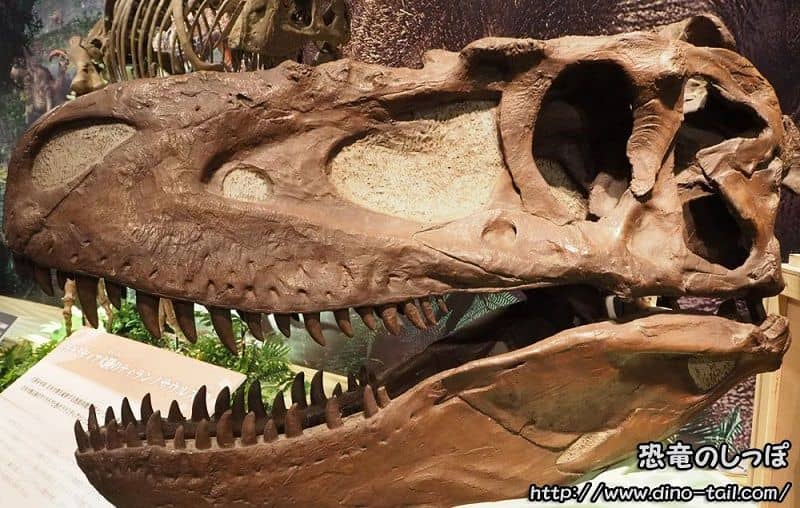
Daspletosaurus was a large carnivorous dinosaur that lived in North America during the Late Cretaceous. Its estimated length was 9m, and its estimated weight was 3600kg.
It has been excavated in Alberta, Canada, and Montana, USA. It was at the top of the food chain in its region shortly before the appearance of Tyrannosaurus.
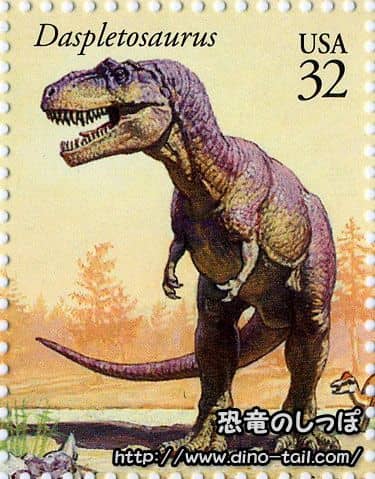
Gorgosaurus also lived in the same time and region as Daspletosaurus, suggesting that there was enough food (herbivorous dinosaurs) to support multiple species of large carnivorous dinosaurs.
Canadian paleontologist Dale Russell proposed the hypothesis that "the more slender and numerous Gorgosaurus preyed on ornithopods like hadrosaurs, while the less numerous, more robust Daspletosaurus fed on ceratopsians and ankylosaurs."
Additionally, a juvenile skull fossil has been found with bite marks believed to have been made by other carnivorous dinosaurs (specimen numbers: TMP 94.143.1, TMP 85.62.1).
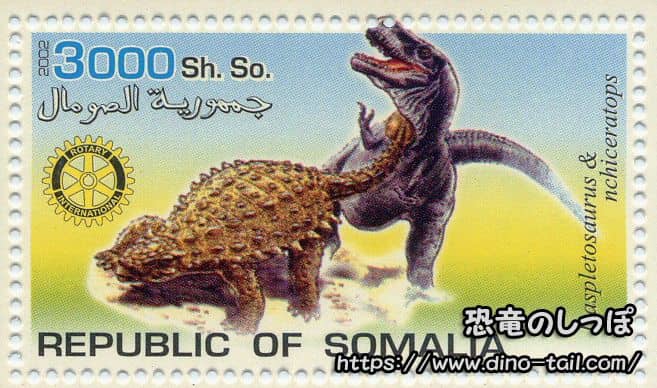
A Direct Ancestor of Tyrannosaurus? The Missing Link in Evolution
A robust build, small forelimbs with two fingers, and a similar skeleton.
For a long time, Daspletosaurus was considered a close relative of Tyrannosaurus, like an "uncle." However, a new study published in 2022 has garnered significant attention by suggesting that Daspletosaurus may be a "direct ancestor" of Tyrannosaurus.
A detailed chronological analysis of multiple fossils discovered in Montana, USA, confirmed that the skeletal features of Daspletosaurus gradually changed over time to resemble those of Tyrannosaurus. This may be a phenomenon known as "anagenesis" (linear evolution), where one species transforms into another over time, rather than branching off to create a new species.
This discovery indicates that Daspletosaurus was not just a king of a previous era before Tyrannosaurus, but a crucial key to unraveling the origins of the "Tyrannosaurus dynasty" that reigned at the top of the North American ecosystem from about 77 to 66 million years ago.
Discovery and Description of Daspletosaurus
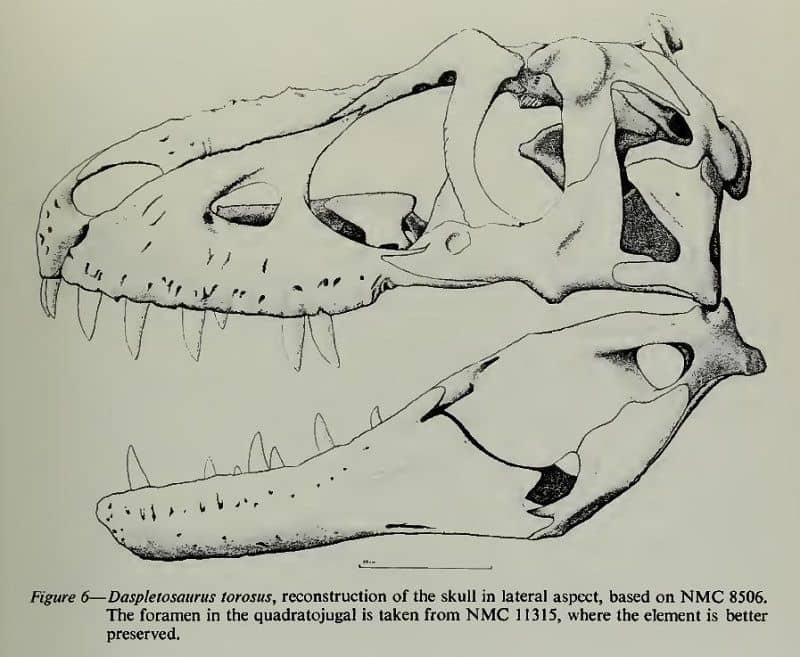
Source: Russell, Dale A. (1970). Tyrannosaurs from the Late Cretaceous of western Canada. National Museum of Natural Sciences Publications in Paleontology, 1.
In 1921, a partial skeleton including a skull, forelimb, pelvis, femur, tibia, and vertebrae was found near Steveville, Alberta, Canada. The discoverer, Charles Mortram Sternberg, initially thought this specimen (CMN 8506) was a species of Gorgosaurus. Some other scholars also considered it to be an adult Albertosaurus.
American paleontologist Dale A. Russell conducted a detailed comparison with Albertosaurus and other dinosaurs, and in 1970, he described it as a new genus and species, Daspletosaurus torosus.
Daspletosaurus Stamp & Fossil Gallery
